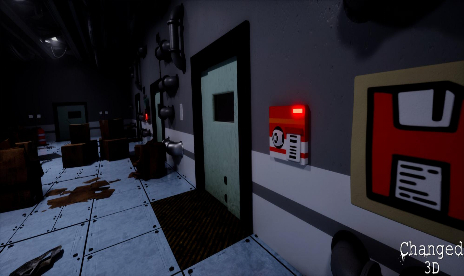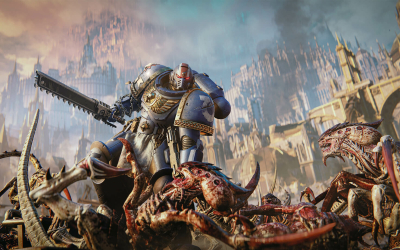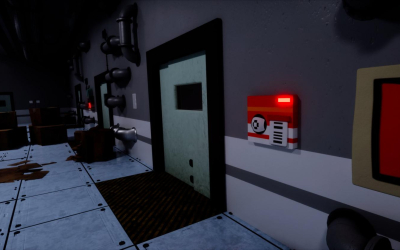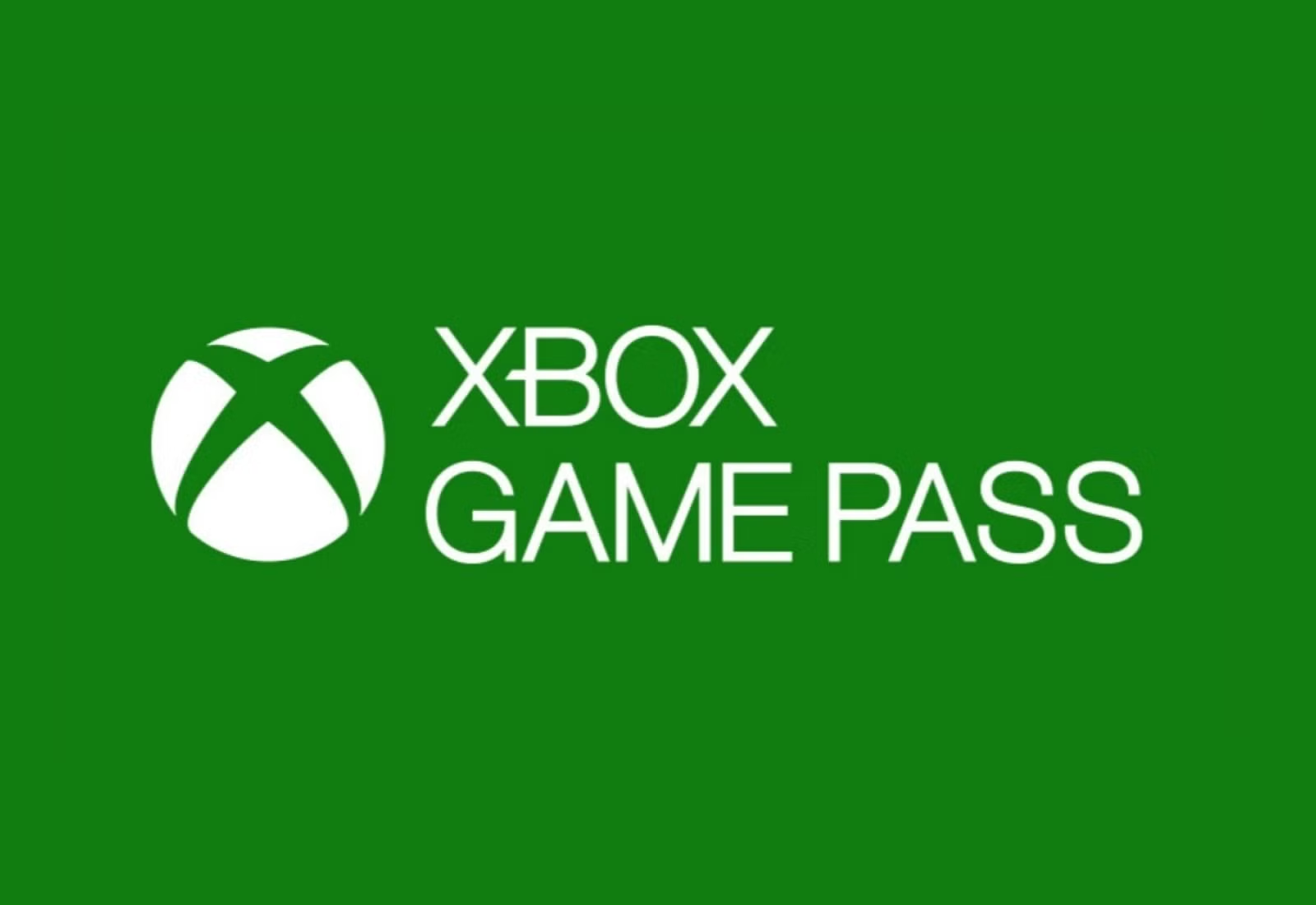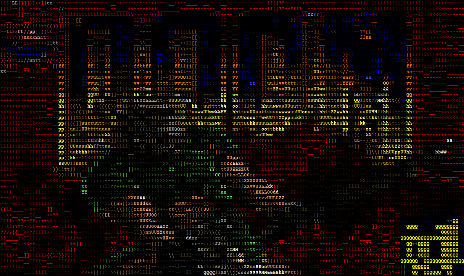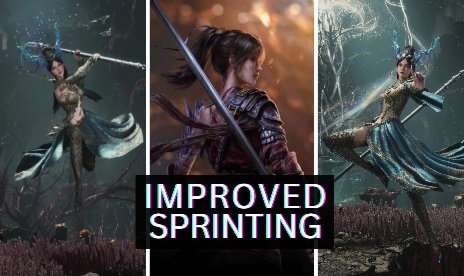nVidia Fights Back

It seems that nVidia may have survived ATIs assault on its sales and may be turning the tide in its favor. The latest figures released by the company indicate that it has the lead in the DX 9 field and has presented steady growth during Q4, 2004.
According to Mercury Research, from the third quarter to the fourth quarter of calendar year 2004, nVidia achieved a quarter-to-quarter unit growth increase of over 20 per cent for total GPU unit shipments, which included an increase of 25.9 per cent in mobile GPU sales. According to the report, nVidia holds 67 per cent of the Microsoft DirectX 9.0 performance GPU market share and 53 per cent of the overall DirectX 9.0 GPU market share.
An additional recently released report, by research firm Jon Peddie Research, is consistent with the Mercury Research results, stating that nVidia's desktop GPU shipments increased 21.6 per cent from the third quarter to the fourth quarter of calendar year 2004. The report also noted that nVidia grew its shipments of mobile GPUs more than 25 per cent during the same period and increased its segment share more than three points, to 25.7 per cent.
Although nVidia is, obviously, trying to put an extremely positive spin on the above figures, simple logic says that things are not exactly as described. If your company possesses 53 per cent of the overall DirectX 9.0 market, that clearly means that someone else has 47 per cent. We can safely assume that most of that percentage belongs to ATI, so if nVidia has achieved unit growth increase of over 20 per cent for total GPU unit shipments and still only has 53 per cent of the market that means that things are not as safe as they are portrayed. nVidia, after all, is the company that had complete control of this market only a few years ago.
The more impressive 67 per cent that nVidia holds of the high-end DX 9 market is really only important for prestige reasons as it accounts for a very slight percentage of overall sales. In any case, nVidia was bound to have the advantage on its rival, this past quarter as its performance boards sported a variety of nVidia only features, including shader model 3.0 and the SLI setup.
The only real ATI loss, according to the Jon Peddie report, is not a gain for nVidia since although ATIs notebook market share fell from 49.9 per cent to 42.9 per cent, most of that was lapped up by Intel and its integrated chipset deals which increased their share of that market from 64.7 per cent to 71.8 per cent.
If these figures tell us anything it is that nVidia managed to interfere with ATIs continuing growth in Q4, 2004 but to most industry analysts the company seems unready for the Canadian R520 attack, expected in May. ATIs new 90 nanometre chip will feature PS 3.0, up to 24 pipelines and full 32 floating point precision, so it is expected to seriously challenge nVidia performance boards.





![Battlefield 6 v1.0 (+2 Trainer) [PLAYMAGiC]](https://9588947a.delivery.rocketcdn.me/wp-content/uploads/2025/10/Battlefield-6-01-scaled-464x276.jpg)

![Hogwarts Legacy v1.0-v1614419+ (+33 Trainer) [FLiNG]](https://9588947a.delivery.rocketcdn.me/wp-content/uploads/2025/10/Hogwarts-Legacy-01-scaled-464x276.jpg)





